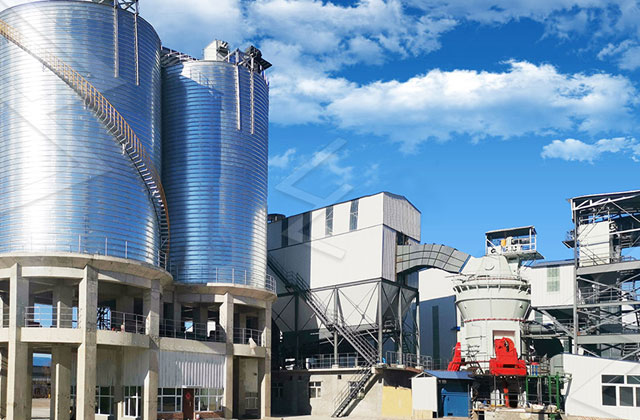A cement grinding plant is a crucial part of the cement manufacturing process, where clinker, the primary component of cement, is ground into a fine powder. The efficiency and productivity of a cement grinding plant depend on various factors, including equipment capacity, layout, process design, and raw material characteristics. This article will focus on the equipment capacity design, which plays a critical role in achieving high-quality cement production.
1. Understanding the Requirements:
Before proceeding with the design, it is essential to analyze the specific requirements of the cement grinding plant. Factors to consider include the production capacity, the type of cement to be produced, the desired fineness of the final product, and any special characteristics of the raw materials, such as moisture content and hardness.
2. Grinding Equipment Selection:
The heart of a cement grinding plant is the grinding equipment. Commonly used options include ball mills, vertical roller mills, and roller presses. Each type of equipment has its advantages and limitations in terms of energy efficiency, maintenance requirements, and overall performance. The selection of the appropriate grinding equipment depends on factors like the production capacity and the desired product quality.

3. Grinding Process Design:
The grinding process design involves determining the optimum grinding parameters to achieve the desired product quality and production rate. Factors such as grinding media size and type, mill speed, grinding pressure, and separator efficiency need to be considered. Computer simulations and laboratory tests can help in optimizing the grinding process.
4. Separator Selection:
In a cement grinding plant, a high-efficiency separator is essential to ensure that the ground material is properly classified. The separator separates the finer particles from the coarser ones, returning the coarse material back to the grinding mill for further processing. The choice of the appropriate separator depends on the type of grinding equipment and the specific requirements of the plant.
5. Flexibility and Scalability:
Designing the cement grinding plant with flexibility and scalability in mind is crucial for future expansions or adjustments in production capacity. This can involve leaving room for additional grinding equipment or having a modular design that allows for easy integration of new components.
6. Maintenance and Operational Considerations:
A well-designed cement grinding plant should take into account maintenance requirements and operational efficiency. Easy access for maintenance, reliable equipment, and well-designed process controls contribute to smoother operations and reduced downtime.
7. Automation and Process Control:
Implementing modern automation and process control systems can significantly enhance the efficiency and consistency of the grinding process. These systems can optimize the mill operation, adjust process parameters in real-time, and provide valuable insights for plant operators to make informed decisions.
Designing a cement grinding plant with optimal equipment capacity requires a comprehensive understanding of the production requirements, characteristics of the raw materials, and the selected grinding equipment. It is essential to strike a balance between high production capacity, product quality, and energy efficiency while considering environmental concerns and the plant’s future expansion plans. A well-designed cement grinding plant, incorporating the factors mentioned above, can maximize productivity, minimize costs, and contribute to sustainable cement production.
